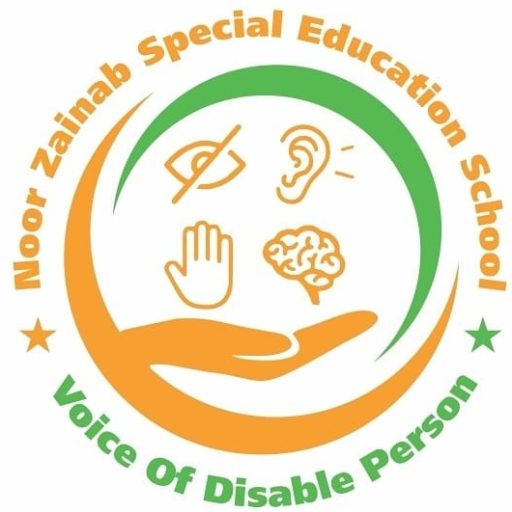The Impact of Dyspraxia on Academic Performance in Elementary School Children
A neurological disorder that affects the development of motor skills and coordination is dyspraxia, commonly referred to as developmental coordination disorder (DCD). It can have a substantial impact on a child’s life in many areas, including their academic performance, and is frequently detected in early infancy. Children with dyspraxia face particular difficulties in elementary school that may impede their scholastic progress. This blog examines the relationship between dyspraxia and academic achievement and provides information on how parents and teachers can help children with this issue.
Understanding Dyspraxia
The brain’s capacity to interpret and synchronize physical movements is compromised by dyspraxia. Activities requiring both fine and gross motor skills, like writing, cutting with scissors, tying shoelaces, and playing sports, are frequently difficult for kids with dyspraxia. These issues may also include issues with focus, memory, and organization—all of which are critical for success in the classroom.
Impact on Academic Performance
1. Handwriting Difficulties
Poor handwriting is one of the most obvious effects of dyspraxia on academic performance. Youngsters with dyspraxia sometimes struggle to control their hand motions, which results in weariness, sluggish writing pace, and unreadable handwriting. This can make written assignments and exams more difficult, which will hinder their capacity to communicate their information
2. Reading and Spelling Challenges
Dyspraxia can also affect a child’s ability to read and spell. The coordination required for eye movements during reading can be difficult for children with dyspraxia, leading to slower reading speeds and reduced comprehension. Additionally, spelling can be problematic due to difficulties with phonological processing and memory.
3. Mathematics Struggles
Fine motor abilities, spatial awareness, and the capacity to follow sequential processes are all necessary for many mathematical activities, and these can be difficult for kids with dyspraxia to master. These children, consequently, can find it difficult to write numbers, solve puzzles, or arrange their work.
4. Organizational Skills
A child with dyspraxia may find it difficult to arrange their ideas and resources. It might be challenging to stay on top of assignments, follow multi-step instructions, and efficiently manage your time, which can result in incomplete or missed deadlines.
5. Social and Emotional Impact
A child’s emotional health and social connections might be negatively impacted by dyspraxia-related difficulties. Anxiety, low self-esteem, and a reluctance to participate in class activities might result from feeling inadequate, receiving negative criticism from peers or teachers, and being frustrated with academic work.
Supporting Children with Dyspraxia
1. Early Identification and Intervention
In order to provide the right kind of help, dyspraxia must be identified early. In the event that educators or parents believe a child may have dyspraxia, they should be aware of the symptoms and seek professional evaluation. Academic results can be enhanced, and some of the difficulties can be lessened with early intervention.
2. Individualized Education Plans (IEPs)
Creating an Individualized Education Plan (IEP) that is customized to meet the requirements of the child can offer organized assistance. This plan could incorporate accommodations like extended time for homework, the use of assistive technology (typing instead of handwriting, for example), and altered teaching methods.
3. Occupational Therapy
Children with dyspraxia may greatly benefit from occupational therapy—children who receive occupational therapy benefit from improved motor skills, coordination, and daily living abilities. A better outcome from this therapy may be increased performance on academic assignments.
4. Multisensory Teaching Approaches
Using multisensory teaching techniques can improve conceptual understanding in dyspraxia children. Lessons that include visual, aural, and kinesthetic components help improve students’ comprehension and recall. For instance, tangible manipulatives can be useful in math or interactive reading exercises.
5. Positive reinforcement and Encouragement
Building a child’s self-esteem and motivation requires encouragement and positive reinforcement. Giving positive criticism and acknowledging little accomplishments might encourage children with dyspraxia to take on difficult activities and feel more capable.
6. Parental Involvement
Involving parents is essential to helping dyspraxic children. In order to track development, put techniques into practice at home, and speak up for their child’s needs, parents and teachers can collaborate closely. A unified support system can be ensured through regular communication between the home and the school.
Children with dyspraxia may struggle academically in primary school, particularly in handwriting, reading, math, and organizational abilities. Nonetheless, children with dyspraxia can realize their academic potential given early detection, specialized interventions, and a nurturing atmosphere. For these kids to thrive in the classroom, a supportive and accommodating environment needs to be created by educators, parents, and specialists working together. Children with dyspraxia have specific needs that must be recognized and met in order to help them achieve academically, gain important life skills, and gain confidence.

